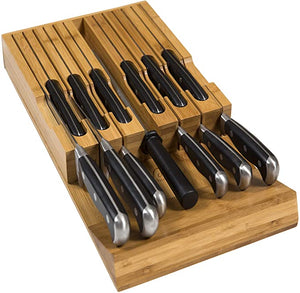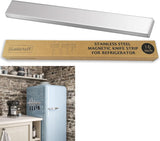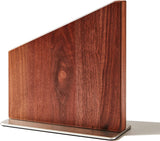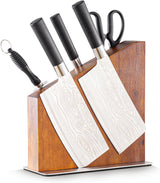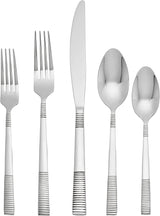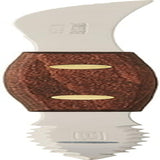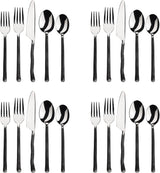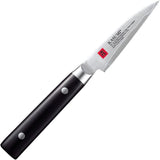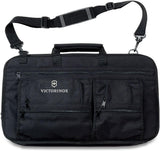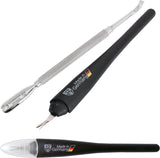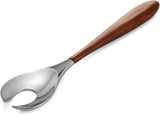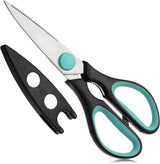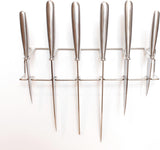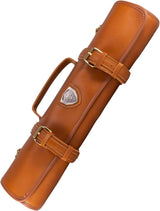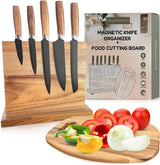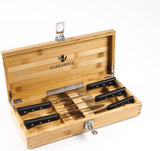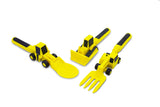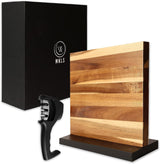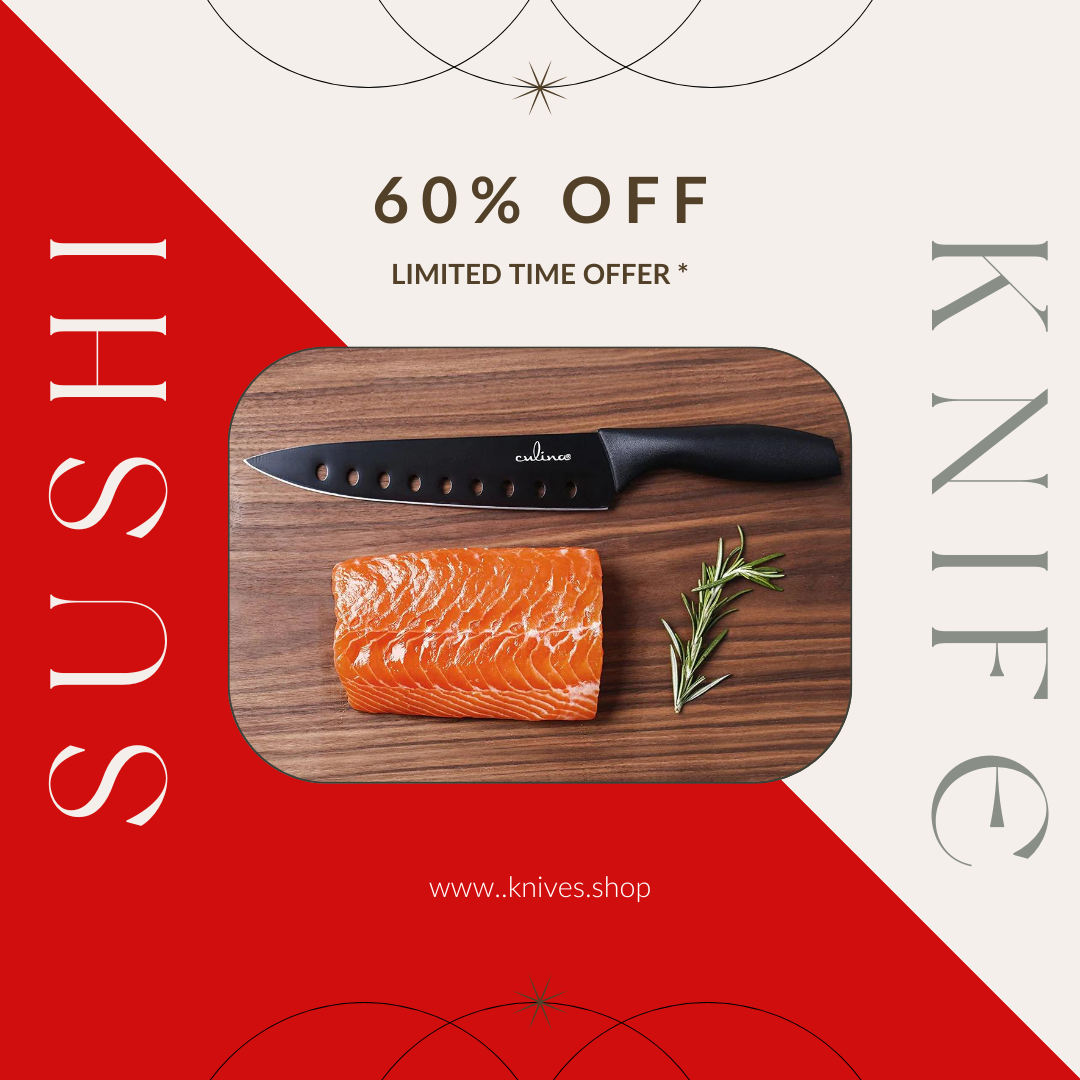Carrying a fixed blade knife is an essential skill for many kitchen professionals. It ensures the safe handling of this indispensable tool while allowing you to maintain efficiency and ease in your culinary tasks. To fully grasp how to carry a fixed blade knife effectively, let's delve into techniques, considerations, and best practices that highlight both functionality and safety.
When we speak of kitchen efficiency, fixed blade knives are an integral part of the toolkit for any kitchen professional. While largely beneficial, there are some inherent risks in handling these tools. Thankfully, by mastering the art of carrying a fixed blade, you can minimize these risks and work securely, as explored in articles about different knife brands.

Understanding the Importance of Proper Handling
The importance of knowing how to hold and carry a fixed blade knife goes beyond mere practicality. Kitchen professionals need to move swiftly around the busy kitchen premises without compromising on safety. Poor handling could lead to accidents that not only disrupt workflow but also lead to injuries. Thus, investing time to learn proper techniques is crucial.
Choosing the Right Knife for Your Needs
For starters, understanding your needs in terms of the fixed blade knife is critical. Different types of knives such as chef's knives, paring knives, and utility knives each serve distinct purposes. You can gain further insights into various knife functionalities by visiting this resource on types of kitchen knives.
Techniques for Safely Carrying a Fixed Blade
Utilize Sheaths or Knife Guards
Always use a sheath or guard when carrying a knife. This helps in covering the blade completely, reducing the risk of accidental cuts and keeping the edge sharp. While carrying, ensure the blade faces downward and away from your body.
Adopt a Proper Grip
Your hold on the handle should be firm yet comfortable. Avoid holding the knife from the blade side, and keep your arm relaxed. Training yourself on high-quality knife brands can influence how well you adapt to gripping a fixed blade.
Frequent Maintenance and Inspection
Regular maintenance, like sharpening and cleaning, can prolong the life of your knife and ensure it remains safe to use. Consider reading on how to clean a knife blade to keep your tools in top condition.
Acknowledging Legal and Workplace Regulations
It's vital to stay informed about legal concerns in your region regarding fixed blade knives. Many areas have specific regulations for carrying and using such knives in professional settings. Moreover, adhering to workplace guidelines creates a safer environment for all kitchen staff involved. Understanding the policies around this topic can be further gleaned from Culinary Brand Regulations.

FAQs on Carrying Fixed Blade Knives in a Professional Kitchen
What are the risks associated with carrying a fixed blade?
Fixed blades may cause injuries if not handled correctly. Accidental slips or improper carrying methods can lead to cuts or harm others in the kitchen space.
Are there legal restrictions on carrying fixed blade knives?
Yes, regulations vary by location. Ensure you're following local laws and adhering to any stipulated guidelines within your workplace.
How can I train myself for carrying a fixed blade knife safely?
Invest in professional workshops or training programs that provide practical demonstrations and hands-on experience. Watching videos and reading materials about knife safety and maintenance can also be beneficial.
This article contains affiliate links. We may earn a commission at no extra cost to you.
